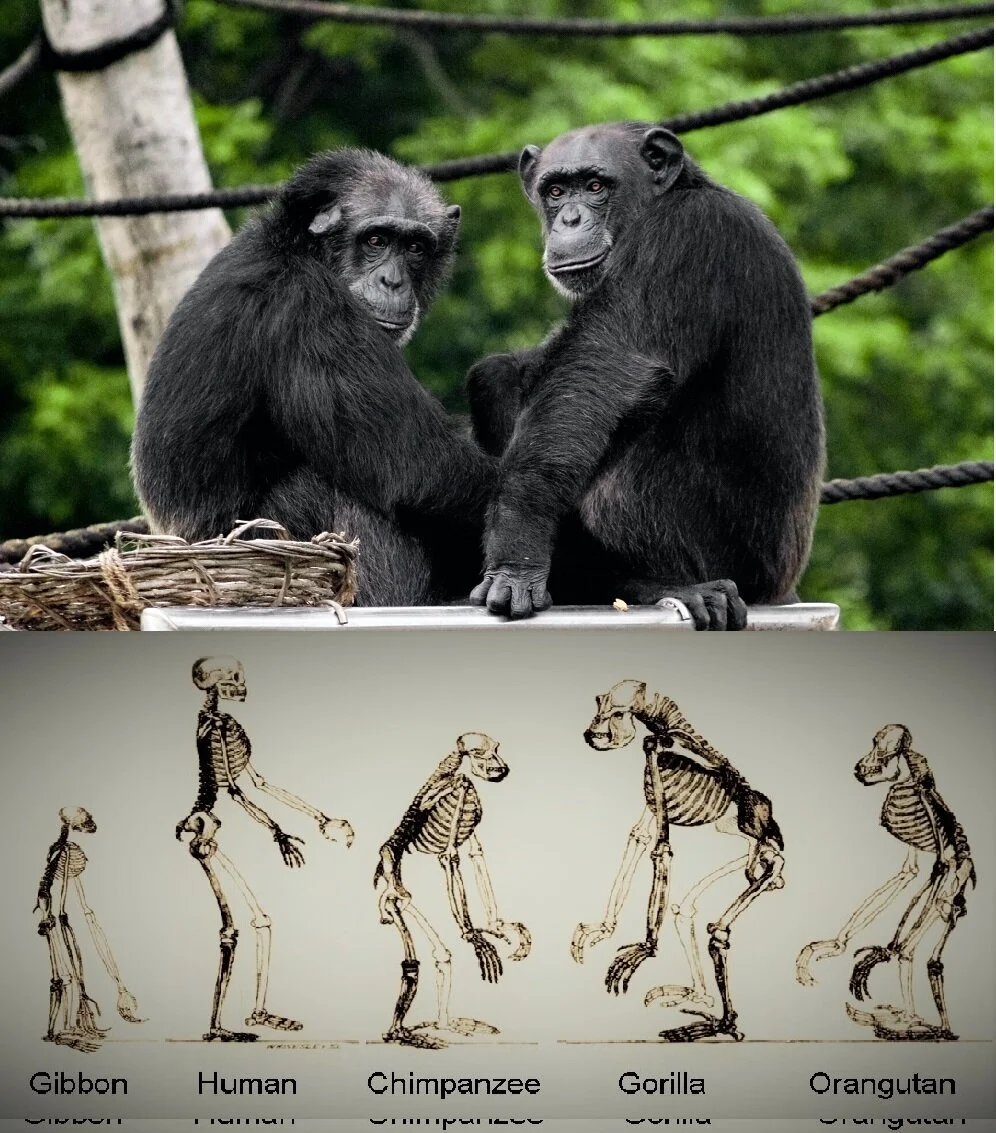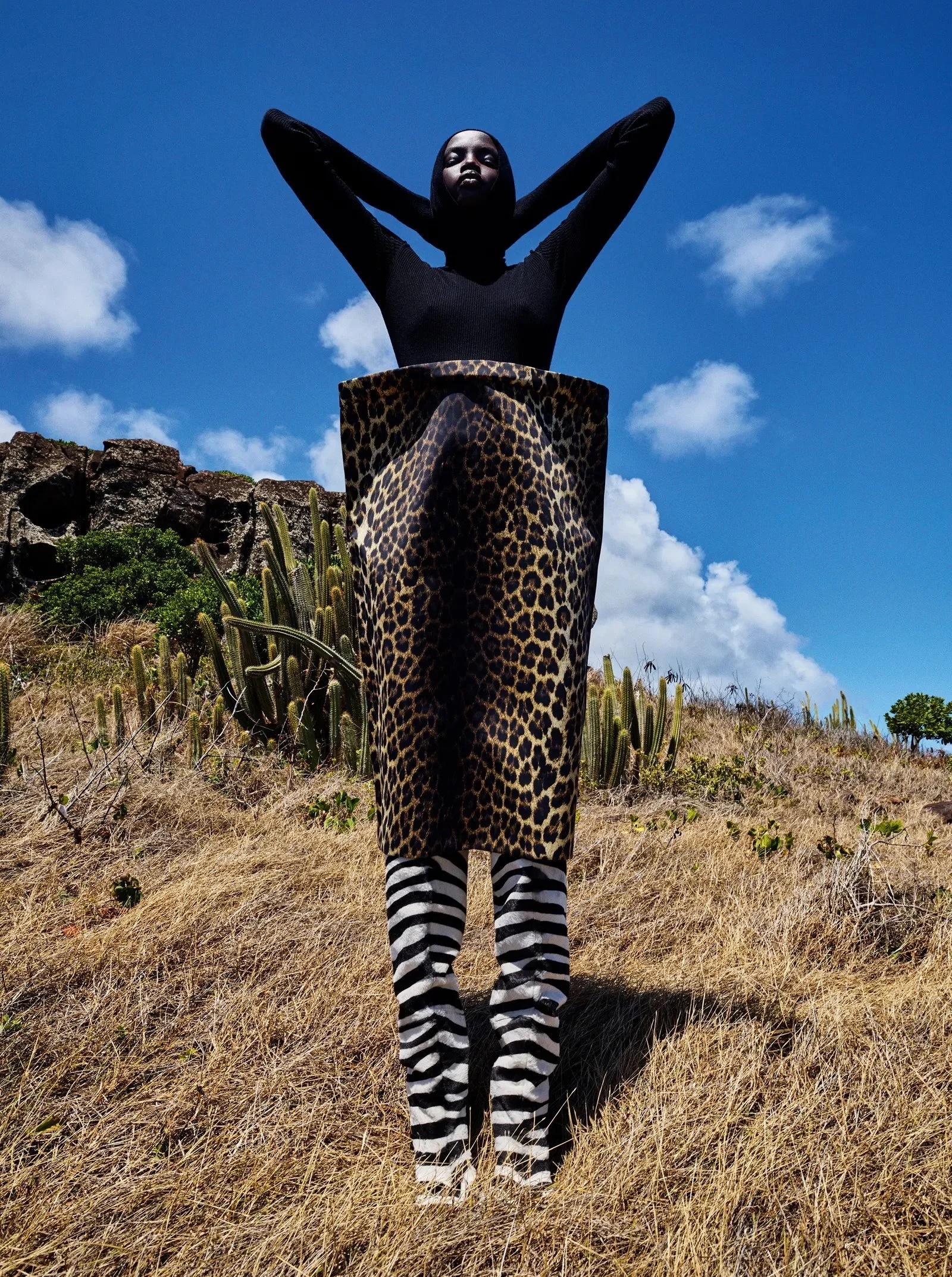More or Less Issue 8: What Our Love of Plants and Flowers Tells Us About Our Politics
/More or Less Issue 8: What Our Love of Plants and Flowers Tells Us About Our Politics
Photographer Carlijn Jacobs [IG] captures models Sascha Rajasulu and Yasmin Wijnaldumwalks in the natural world of ancestral traditions and conscious consumption for More or Less Magazine’s [IG] Issue 8.
In the Beginning . . . .
The first definitive evidence of flowers traces back to the Cretaceous period, around 130 million years ago, during a time when the Earth's climate and landscapes were undergoing significant change.
Prior to this floral revolution, vegetation was dominated by gymnosperms, ferns, and mosses. The advent of flowers introduced a new mechanism for pollination, often involving intricate interactions with the animal kingdom, particularly insects.
Human-Plant Interaction Studies Using Brain Science
Fast forward to now and human-invented technologies that explore these human-plant interactions. Modern-day researchers strive to understand the psychological and neurological impacts of plants on humans — including our brains.
Read MoreTiny Bird Bone Flutes from Prehistoric Natufian People Found in Israel
/Levant-region archaeologists have discovered prehistoric flutes believed to be 12,000 years old. The flutes were scattered among a stockpile of 1,100 bird bones and had gone unnoticed since the site’s discovery in 1950.
The flute instruments were discovered at a site called Eynan-Mallaha [also known as Ain Mallaha], located on the shores of Lake Hula in the Huleh Valley of today’s northern Israel. The site is believed to be home to the last hunter-gatherers in the region, says Dr. Laurent Davin, an archaeologist and a post-doctoral fellow at the Hebrew University of Jerusalem.
The Natufian people were a prehistoric group that lived in what is now modern-day Israel, Jordan, Lebanon and northern Syria around 12,500 to 9,500 BCE. They were known for their advanced hunting and gathering techniques, as well as their unique cultural practices.
Read More10 Things to Love About Copper Jewelry and Ancient Goddesses
/The human desire for self-adornment is universal, and writing about copper jewelry trends should be a snap for most people. Not for Anne. I can make writing needlessly complicated, but in this case, the writing took me back to the continuously-revealing story of women’s history.
Only Anne of Carversville whips up a narrative around copper jewelry that takes us back to the dawn of human existence, and then out of Africa between 60,000 and 90,000 years ago into the Levant, a large area in the Eastern Mediterranean region of Western Asia.
Background: in understanding the importance of human history and invention, jewelry was not very high on the list of primarily male researchers and scientists.
Frankly, jewelry as artifacts was considered inconsequential and frivolous in the story of human development. Copper jewelry was so frivolous that the existence of The Copper Age, dating from the mid-5th millennium BC, and ending with the beginning of the Bronze Age proper, in the late 4th to 3rd millennium BC, was barely worth mentioning in the scientific community.
You’ve heard of The Stone Age and the Bronze Age. But few of us — including me — knew about The Copper Age. The REAL history of copper jewelry starts to upset several thousands of years of assumptions around women’s lives.
Read MoreThe High-Speed Evolutionary Downsizing of Sicily's Dwarf Elephants
/Republish via AOC at FeedBurner CC 3.0 License Attribution Required: Daily Fashion Design Culture News
The High-Speed Evolutionary Downsizing of Sicily's Dwarf Elephants AOC Sustainability
The Amazing Shrinking of Europe’s Colossal Straight-Tusked Elephants
Imagine massive elephants towering 15 feet tall and weighing over 30,000 pounds.. The vision seems straight out of a science-fiction movie, but these super-sized, straight-tusked elephants (Palaeoloxdon antiquus) were for real, making them among the largest mammals to ever live during the Pleistocene era.
Migrating out of Africa about 800,000 years ago, the giant straight-tusked elephants became widespread across Europe and Asia. Picturing these monumental-sized elephants roaming the British countryside is fantastical enough.
Now imagine that these same super-sized elephants dwindled in size over time — say a few hundred thousands of years or 40 generations and as few as 1500 years— after migrating south to the island of Sicily.
At 15 percent of their original size, the colossal-size elephants became dwarf elephants the size of a donkey. Visualize humans becoming the size of a rhesus macaque monkey, suggests Josh Davis, of Britain’s National History Museum, as a way to understand the focus on new research on Sicily’s dwarf elephants.
The groundbreaking analysis published last month in 'Current Biology', showcases just how rapidly evolutionary changes can occur when animals are isolated on an island.
How Ape Cousins Reveal Human History and Our Common Story of Evolution
/How Ape Cousins Reveal Human History and Our Common Story of Evolution
Looking at the numbers, there are approximately 7.67 billion people on the Earth today. In contrast, according to the World Wildlife Fund, the wild chimpanzee population is under 300,000, wild orangutans are fewer than 120,000, and although gorillas are notoriously hard to count, it is estimated there are some 100,000–200,000. Every great ape is endangered—except us.
The tragedy of those numbers is apparent to anyone who cares about conservation. We lose species to extinction every day, driven by economically motivated habitat destruction or unfettered consumerism. Wherever humans go, biodiversity often suffers, and we are everywhere.
Great apes are special because they are the closest remaining threads on that web of humanity, and we can never recover the information they have to share about our origins once they are lost. Apes are uniquely impactful to the field of anthropology, where we researchers look to the past to understand our present. If the desire to preserve biodiversity isn’t enough to save the apes, then unlocking the human story should be a further impetus for their conservation.
Lascaux 4, Full-Size Replica Of Ancient Cave Paintings, Opens In Dordogne, France
/Lascaux 4, Full-Size Replica Of Ancient Cave Paintings, Opens In Dordogne, France AOC Muse
Often labeled the 'Sistine Chapel of prehistory', France's Lascaux cave paintings may be up to 20,000 years old. Included as a UNESCO world heritage site since 1979, the public has been banned from visiting the Lascaux caves since 1963. The caves were accidentally discovered by a group of boys in 1940, and for a period of time, visitors did tour the site. Archaeologists and art historians then discovered that the amount of carbon dioxide being exhaled by humans caused major damage to the integrity of the paintings, necessitating that they be closed from the general public forever.
In a wonderful gift to the worldwide public, Lascaux 4, a full-size replica of the ancient cave paintings has opened in the Dordogne region of France. The whole Lascaux cave will be the essential part of Montignac-Lascaux Parietal Art international Centre, devoted to using the latest image technology and virtual mediation to recreate the experience of actually walking through the Lascaux caves.




































